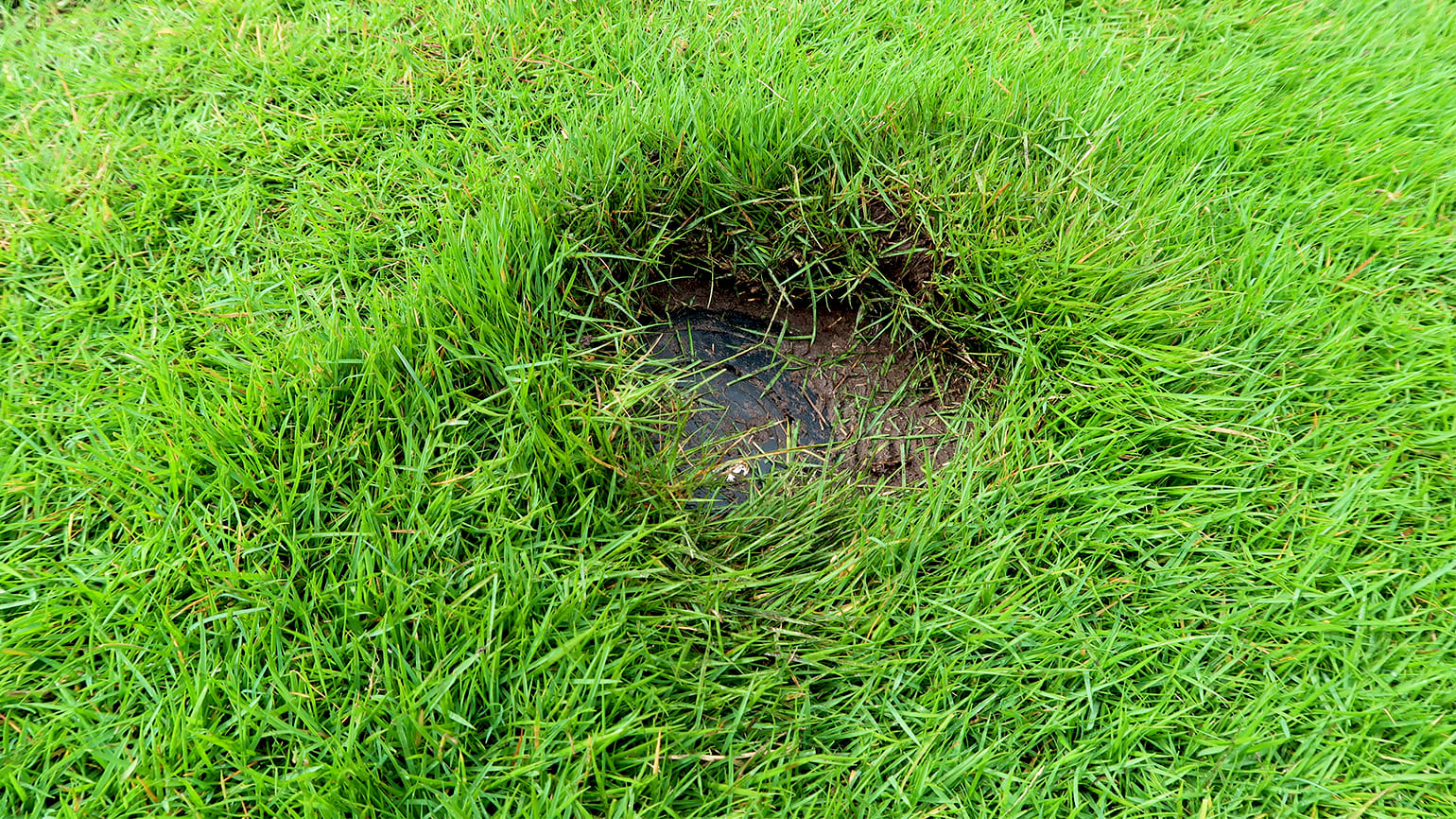USGA – Central Update – Stop Summer Sprinkler Checklist
The combination of limited rainfall, warm temperatures and high winds is a recipe for drought-stressed turf. For golf courses in many parts of Kansas, Oklahoma and Texas, keeping up with water demand has been tough. Poorly maintained sprinklers can make an already difficult situation even more challenging.
A few simple maintenance practices can go a long way toward saving water and minimizing turf loss. Make sure your sprinklers are running as efficiently as possible with the following tips:
- Verify that nothing is interfering with the flow of water from a sprinkler. Clear away any debris that is blocking the even flow of the sprinklers. Inspect the internal screens for rocks, dirt, sand and other fragments. Trim back any overgrown turf and remove soil that may have accumulated on top of the sprinkler head.
- Raise sunken sprinkler heads so that they are at grade. It is vital that the sprinkler nozzles can easily clear adjacent soil and turf. Oftentimes, the sprinklers closest to the putting greens will become too low from years of sand topdressing or sand splash from the adjacent bunkers. Inspect those sprinklers first.
- Level sprinkler heads will perform most efficiently. Therefore, staff should use a bubble level any time they are making repairs to confirm that the sprinkler head is truly level.
- Replace worn and damaged nozzles. Depending on the water quality, sprinkler nozzles can start to fail in as little as three to five years. As nozzles wear, expect to see more patches of drought-stressed turf immediately next to areas that are totally soaked.
- Confirm that part-circle sprinklers are hitting the intended areas. You want to make sure that you are not delivering too much water to a given area or completely missing an area.
It can be hard to find time for routine sprinkler maintenance during the busy summer season, but the extra effort will be rewarded with better performance from your irrigation system right when you need it most.
This article was originally written by John Daniels with USGA here.
Central Region Agronomists:
John Daniels, agronomist – jdaniels@usga.org
Zach Nicoludis, agronomist – znicoludis@usga.org
